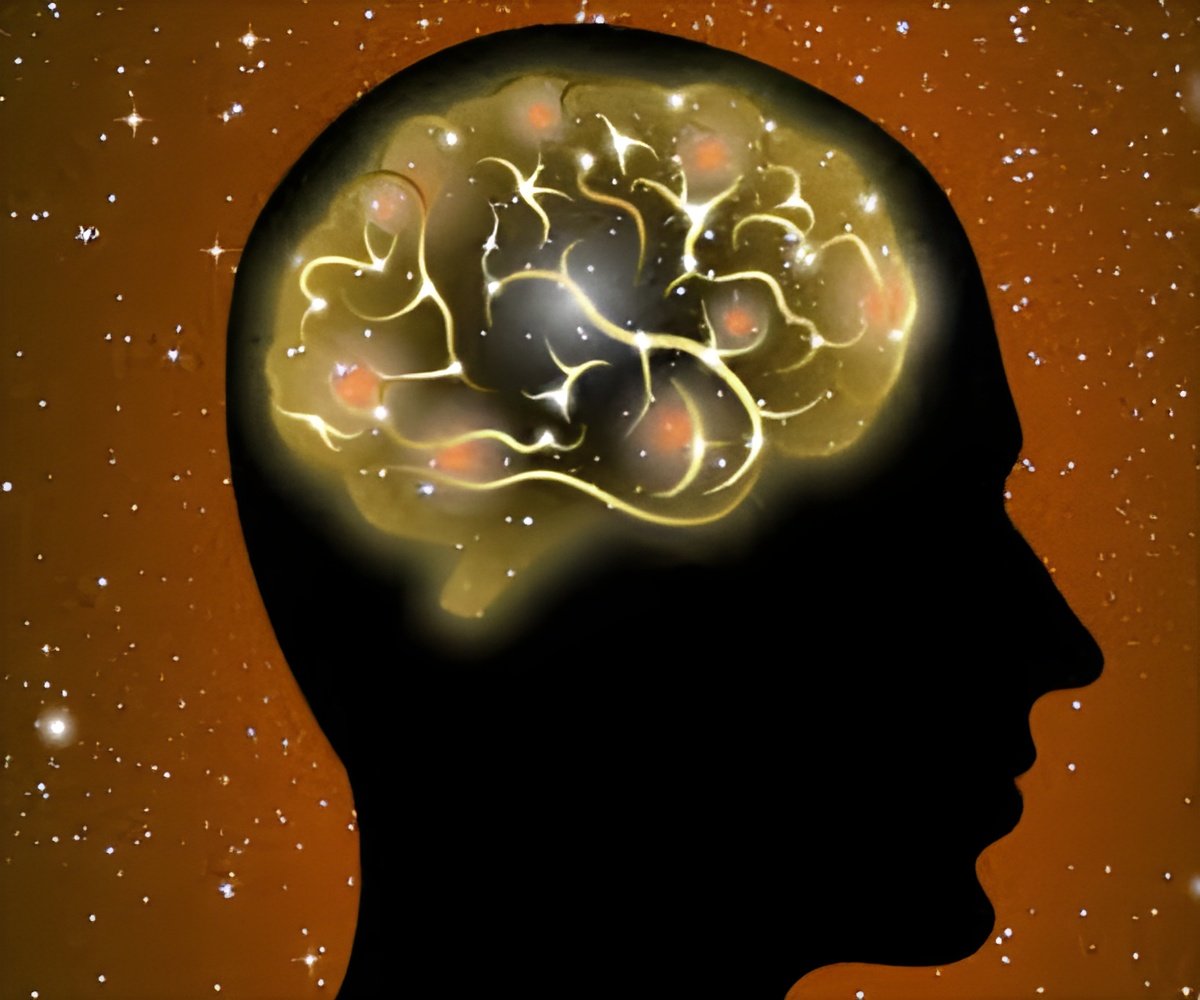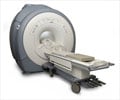
UCSF is the first hospital to test this device, manufactured by the Southern California company Surgivision and approved by the U.S. Food and Drug Administration last summer. UCSF's initial test results were collected in six mock surgeries on three cadaver brains and on dozens of artificial targets made of water- and gelatin-filled plastic.
Deep Brain StimulationParkinson's disease affects about 1 percent of the U.S. population over 50 about 1.5 million people � a population expected to increase as Baby Boomers age.
Many with severe symptoms from Parkinson's disease have benefited from deep brain stimulation similar to putting a pacemaker inside a heart patient's chest. Over the last decade, doctors have performed tens of thousands of these surgeries; medical teams at UCSF perform about two a week.
Scientists aren't sure why deep brain stimulation works, but they believe it relates to the electric current being delivered to tiny parts of the brain, altering abnormal brain circuitry and alleviating symptoms by overriding the signals coming from those parts of the brain. One crucial part of the technique is accurately targeting the appropriate part of the brain.
Traditionally the surgery takes place with the patient awake so that brain activity can be fully monitored. A surgeon bolts a metal frame to a patient's head and then passes a small electrode into the target area in the brain, making recordings and testing the effect of patient movement on brain activity.
Advertisement
Despite these advantages, the original technique relied on specially modified parts and procedures unique to UCSF rather than a commercially available system. Any hospital that wanted to use this technique would have to develop its own homemade system. As a result, Larson said, "We were the only people in the world doing it."
Advertisement
"The system provides the accuracy and reliability for us to do these operations safely and effectively," Larson said.
Source-Eurekalert













